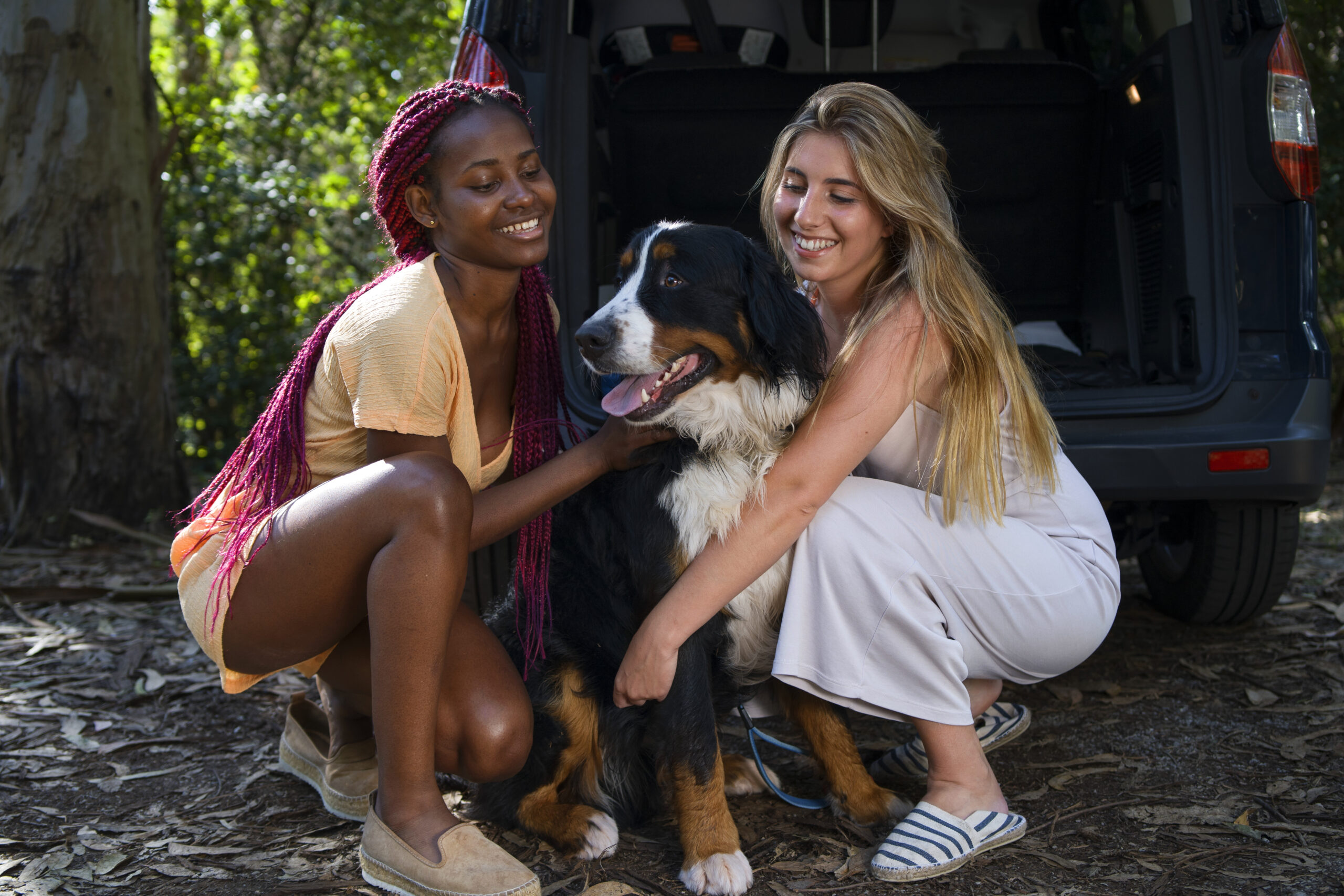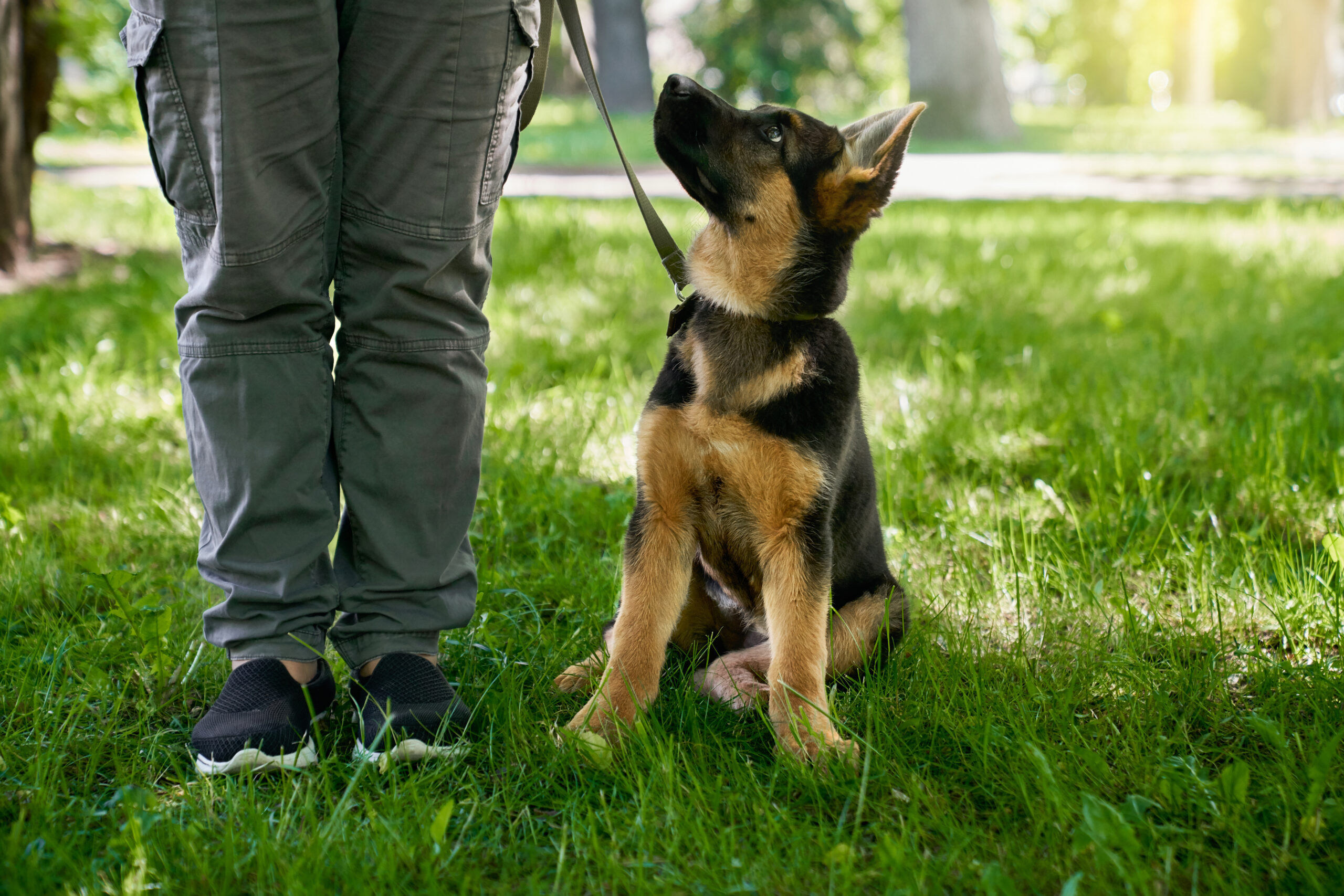Impulse Control: Teaching Your Dog to Rsist Temptation
Consider the frustration of finding your favorite pair of shoes chewed, courtesy of your dog. This issue hints at a deeper challenge many dog owners face: teaching impulse control. Canine behavior experts assert that with proper training, dogs can learn to resist these temptations, thereby making both their lives and their owners’ lives more harmonious. … Read more










